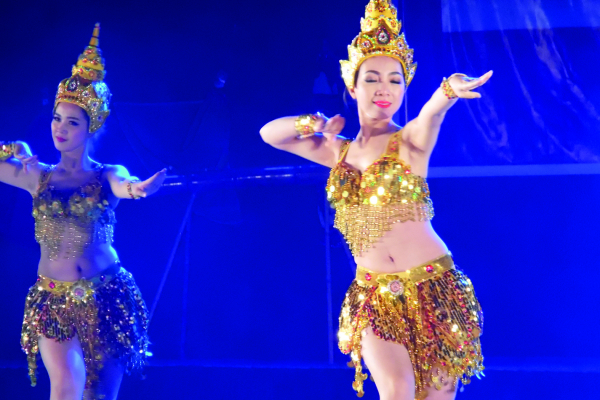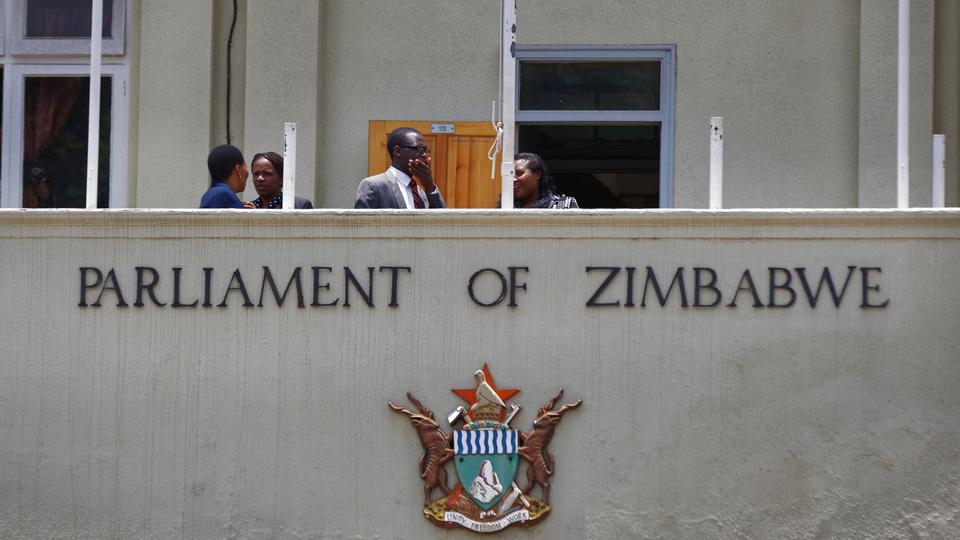
CULTURE plays an important role in the development of any nation as it represents a set of shared attitudes, values, goals and practices which symbolise the plurality of a country.
BY WINSTONE ANTONIO RECENTLY IN INDIA
India is regarded as one of the oldest civilisations, has a rich heritage marked by vibrant cultural diversity in languages, religions, dance, music, architecture and customs. The country is said to have the greatest number of festivals in the world. Some of the top festivals include Holi, Diwali, Rakshbandhan, Dussehra, Durga Puja, Christmas, Gurupurab, Eid-ul-Fitr and Eid-ul-Zuha.
People travel from across the globe to join in and experience the celebration of the different Indian festivals. Recently, I was privileged to attend two of their festivals in Gujarat and Manipuri states.
Festivals
In Manipur, I was among the foreigners who attended one of the biggest festivals, the annual 10-day Sangai Festival in Manipur State organised by Manipur Tourism Department.
The cultural extravaganza showcases the rich culture and heritage of the state’s various forms of art and tradition.
The Indians are really thoughtful when it comes to preparations for festivals and other concerts that can be seen in the way they organise flawless and colourful shows. They invest much in their festivals from the state-of-the-art stage to the high quality public address system used all shows how serious they are in organising their festivals.
- Chamisa under fire over US$120K donation
- Mavhunga puts DeMbare into Chibuku quarterfinals
- Pension funds bet on Cabora Bassa oilfields
- Councils defy govt fire tender directive
Keep Reading
While back home we have our own six-day Harare International Festival of the Arts (Hifa) that we are proud of as it was rated among the top fiestas on the continent, we are, however, still far behind in terms of organising events of such stature. While the Zimbabwe Tourism Authority, the organisers of the annual Harare International Carnival, admits that the carnival is still teething, hopefully their officials learnt something having shared notes with some of the executives involved in organising the Manipur festival.
In terms of performing arts, Indian music ranges over various traditions and regional styles. Classical music encompasses two genres and their various folk offshoots: the northern Hindustani and southern Carnatic schools.
Indian dances also feature diverse folk and classical forms. Eight dance forms, many with narrative forms and mythological elements, have been accorded classical dance status by India’s National Academy of Music, Dance and Drama.
Cuisine
Off the stage, we enter the kitchen. India is known for its large assortment of dishes and its liberal use of herbs and spices although cooking styles vary from region to region.
The food is rich with curries and spices, including ginger, coriander, cardamom, turmeric, dried hot peppers, and cinnamon. It is said that Indian cuisine is influenced by the Moghul Empire who invaded the country during the 16th century and left a significant mark on the Indian cuisine.
Apart from the Moghul Empire, the cuisine is said to have also influenced by many other countries. Every state in India has its own signature recipes which have been passed on from generation to generation with only subtle improvisations.
In Indian cooking, chutneys a thick condiment and spreads made from assorted fruits and vegetables such as tamarind, tomatoes, mint, cilantro and other herbs are used. Lamb and chicken are common in their main dishes for non-vegetarians. It is reported that between 20 and 40% of India’s population is vegetarian.
Much of Indian food is eaten with fingers or bread used as utensils. Wheat, Basmati rice and pulses with chana (Bengal gram) are important staples of the Indian diet.
Among the two Indian states that I visited Gujarati and Manipur, I had no problem with their dishes as I did not experiment like my fellow journalist Prince Mushawevato and Vasco Chaya, who were brave enough to taste many of their dishes.
The Gujarati cuisine is primarily vegetarian and Khaman is said to be a popular Gujarati snack. The sabzi is a dish of different combinations of vegetables and spices which may be stir fried, spicy or sweet. Gujarati cuisine can vary widely in flavour and heat based on personal and regional tastes. Many Gujarati dishes are simultaneously sweet, salty (like vegetable Handvo), and spicy.
In Manipur, the cuisine is represented by the cuisine of the Meitei people who form the majority population in the central plain. Meitei foods are simple, tasty, organic and healthy. Rice with local seasonal vegetables and fish form the main diet.
The staple diet of Manipur consists of rice, fish, large varieties of leafy vegetables (both aquatic and terrestrial). Cooked and fermented soybean is said to be a popular condiment in all Manipuri kitchens.
Most of the dishes are cooked like vegetable stew, flavoured with either fermented fish called ngari, or dried and smoked fish.
The most popular Manipuri dish is the iromba; it’s a preparation of boiled and mashed vegetables, often including potatoes or beans, mixed with chilli and roasted fermented fish.
Another popular dish is the savoury cake called Paknam, made of a base of lentil flour stuffed with various ingredients such as banana inflorescence, mushrooms, fish and vegetables baked covered in turmeric leaves.
Fashion
Away from the kitchen, a glimpse into their wardrobe shows that Indians are identified through their traditional wear — costumes as they are known for producing and continues to produce some of the most exquisite jewellery designs and handiwork be it gold, silver, platinum or diamond.
In terms of dressing, just like the local folks, though not matching Indians who take it to another level as they appear to be crazy for precious metals and jewellery, and it’s not just the women.
Indian clothing is closely identified with the colourful silk saris worn by many of the country’s women.
A traditional piece of clothing for men is the dhoti, an unstitched piece of cloth that is tied around the waist and legs.
Men also wear a kurta, a loose shirt that is worn about knee-length.
For special occasions, men wear a sherwani or achkan, which is a long coat that with a collar having no lapel. It is buttoned up to the collar and down to the knees.
A shorter version of a sherwani is called a Nehru jacket. It is named after Jawaharlal Nehru, India’s prime minister from 1947 to 1964, but Nehru never wore a Nehru jacket as he was said to have preferred the achkan, according to Tehelka, an Indian newspaper.
The traditional Indian dress varies in colour and style across regions and depends on various factors, including faith.
Popular styles of dress include draped garments such as the sari for women and the dhoti or lungi for men.











